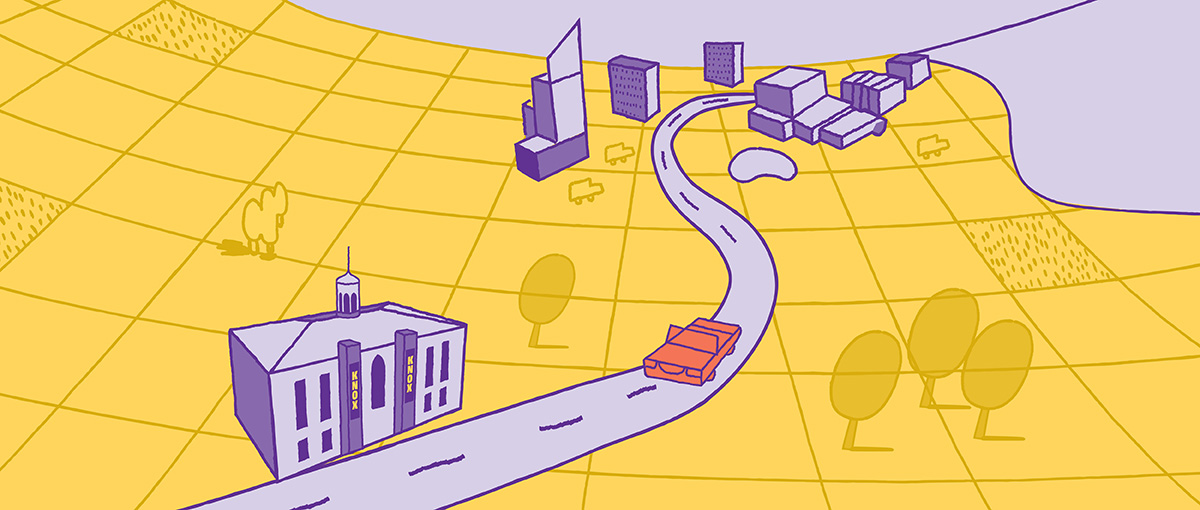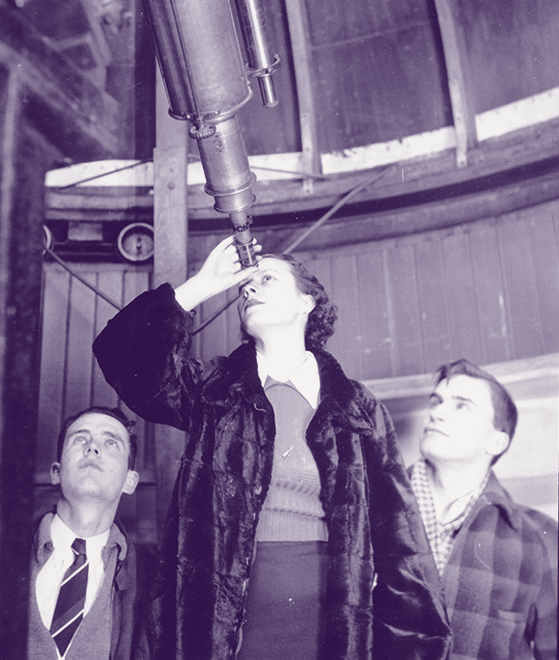

New Archaeology Minor Expands Social and Physical Sciences
Knox College is expanding both its social and physical sciences with the addition of an archaeology minor to begin in the fall of 2019. The minor unifies and strengthens the College's offerings in archaeology, which in the past have been comprised of various courses, geological excursions, and regular international field school opportunities.
Danielle Fatkin, assistant professor of history and co-director of the program, teaches a first-year preceptorial course on archaeology. She finds that the minor fits naturally into Knox's existing curriculum. "Archaeology is, in a sense, the perfect liberal art because in order to do it well, you actually have to be an artist, a humanist, a social scientist, and a natural scientist."
The minor consists of an introductory course, a practicum that involves research in the field, and courses in one of three concentration areas: Mediterranean, Native American, or geoarchaeology.
"If you’re doing archaeology, you have to specialize in some way. You have to choose a time period to learn the most about, or a material culture," says co-director Katie Adelsberger, Douglas and Maria Bayer Endowed Chair in Earth Science. "In our case, it’s built on strengths we have at Knox. We have lots of material on the Mediterranean and Native American worlds, artistically and historically. In the geoarchaeology specialization, it’s focusing on the tools to understand earth processes and site formation, which also informs cultural analysis."
Thanks to regular trips to an excavation site in Dhiban, Jordan, through the Institute for Field Research, Fatkin and Adelsberger have been able to conduct a variety of hands-on research alongside students. They've also been able to borrow rare materials and excavation samples for further analysis—a privilege that few other countries grant.
These materials have already provided opportunities for independent research, as part of Fatkin's ceramics lab. Joyce Hall '11 was one of several students to do work in this area; in her case, helping to build a timeline of Dhiban's occupation by examining Nabatean ceramics from the site. Now, with a formalized path that includes practicums, long term studies building on the research of several students (alongside Adelsberger and Fatkin) will be easier to facilitate.
Fatkin and Adelsberger also noted the many applications for an undergraduate foundation in the field. Familiarity with geographic mapping software, chemical analysis, and field surveying instruments provide an impressive technical background that can serve students in a variety of disciplines. There are many adjacent sciences that students can pursue, including paleontology, and the field also lends itself to historical and anthropological work in museum curation and arts administration.
Published on May 13, 2019

